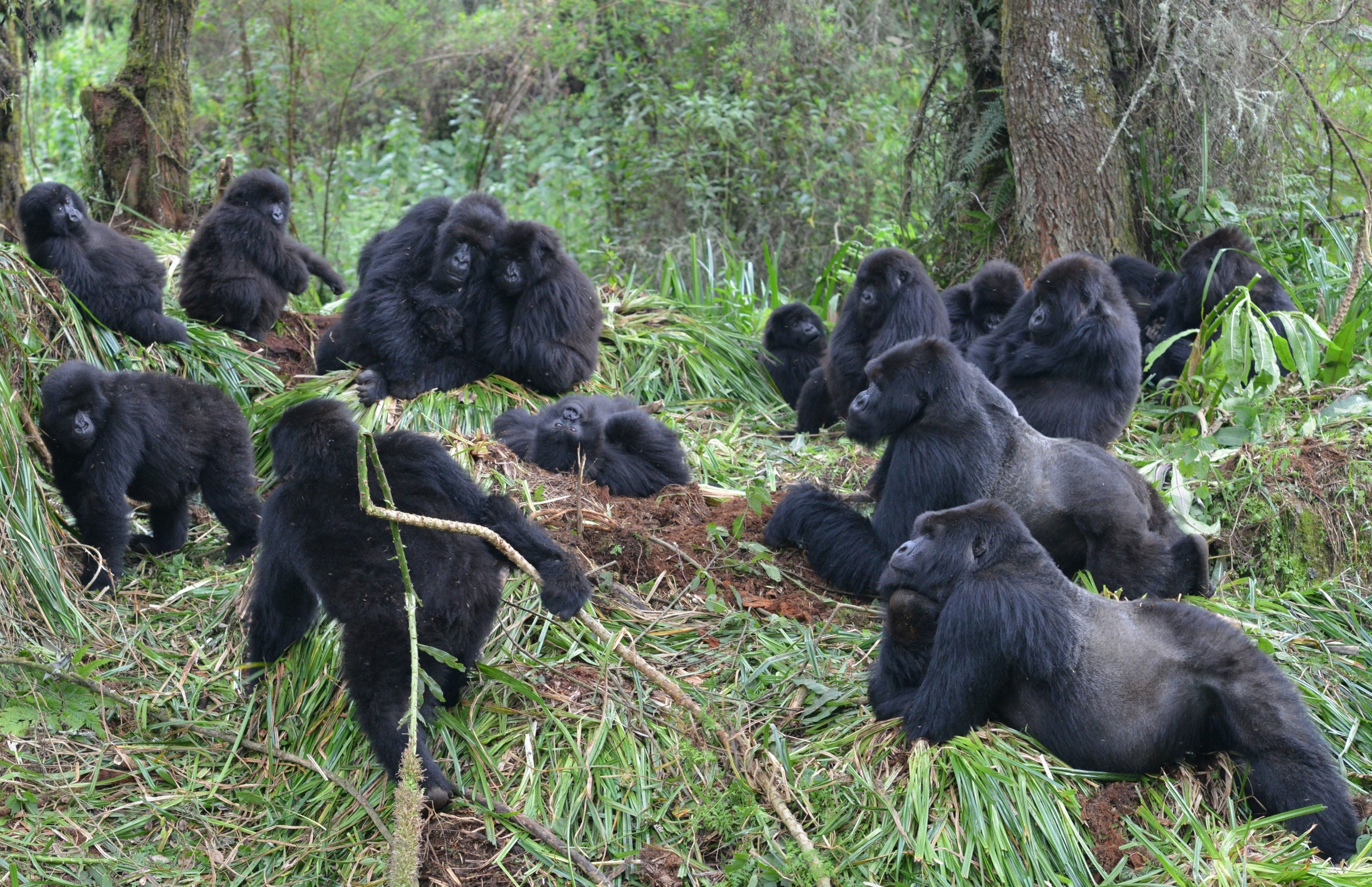The Independent's journalism is supported by our readers. When you purchase through links on our site, we may earn commission.
Gorillas socially distancing prevents illness spreading, study finds
‘Groups interact fairly infrequently, and when they do they tend to keep their distance, rarely approaching to within that crucial one to two-metre distance’

Your support helps us to tell the story
From reproductive rights to climate change to Big Tech, The Independent is on the ground when the story is developing. Whether it's investigating the financials of Elon Musk's pro-Trump PAC or producing our latest documentary, 'The A Word', which shines a light on the American women fighting for reproductive rights, we know how important it is to parse out the facts from the messaging.
At such a critical moment in US history, we need reporters on the ground. Your donation allows us to keep sending journalists to speak to both sides of the story.
The Independent is trusted by Americans across the entire political spectrum. And unlike many other quality news outlets, we choose not to lock Americans out of our reporting and analysis with paywalls. We believe quality journalism should be available to everyone, paid for by those who can afford it.
Your support makes all the difference.When Covid-19 spread rapidly around the world, social distancing became an instant part of our daily routines – but a new study suggests it is not just humans who can avoid coughs and colds by giving others a wide berth.
Researchers working with wild mountain gorillas in Rwanda found that because neighbouring primate groups rarely mixed, illnesses that were easily passed between intimate networks were not spread more widely.
Respiratory infection is one of the biggest threats to ape conservation: they can catch many of the same diseases as humans and in these animals the common cold or flu can be lethal.
Scientists from the Dian Fossey Gorilla Fund studied 15 respiratory outbreaks between 2004 and 2020 to understand how diseases transmitted through a population of mountain gorillas in Rwanda’s Volcanoes National Park.
Close contact and strong social relationships within gorilla groups meant respiratory diseases spread rapidly between group members, they found.
In one outbreak, it took only three days for 45 out of 46 group members to begin coughing.
However, opportunities for infections to spread between neighbouring groups were limited, according to the study.
Yvonne Mushimiyimana, a co-author on the project, said: “The outbreaks we investigated all appeared to stay within a single group rather than spreading through the wider population.
“Gorilla groups interact fairly infrequently, and when they do they tend to keep their distance, rarely approaching to within that crucial one to two-metre distance.“
The gorilla’s aloofness toward neighbouring groups helped protect the wider population by limiting broader transmission of these infections.
So if gorilla groups were not infecting each other, where did these outbreaks come from? “Our best guess is that these infections in mountain gorillas are coming from humans,” said Dr Robin Morrison, lead author on the study.
“It really highlights the importance of ongoing efforts to minimize wild great ape exposure to human diseases during activities like research, tourism and protection.
“Vaccination, mask wearing and maintaining adequate distance are all more important than ever in the midst of a global pandemic.”
Dr Tara Stoinski, president and chief scientific officer of the Fossey Fund, said: ”The findings from this study suggest that since respiratory diseases transmit quickly within gorilla groups and transmission between groups is much less common, strategies that prevent initial transmission into a group may be most effective.
“For Covid-19 and other human respiratory pathogens, that means preventing that first introduction of a disease from a human to a gorilla.”
The research is published in the Scientific Reports journal.
Join our commenting forum
Join thought-provoking conversations, follow other Independent readers and see their replies
Comments